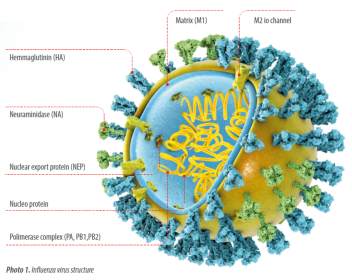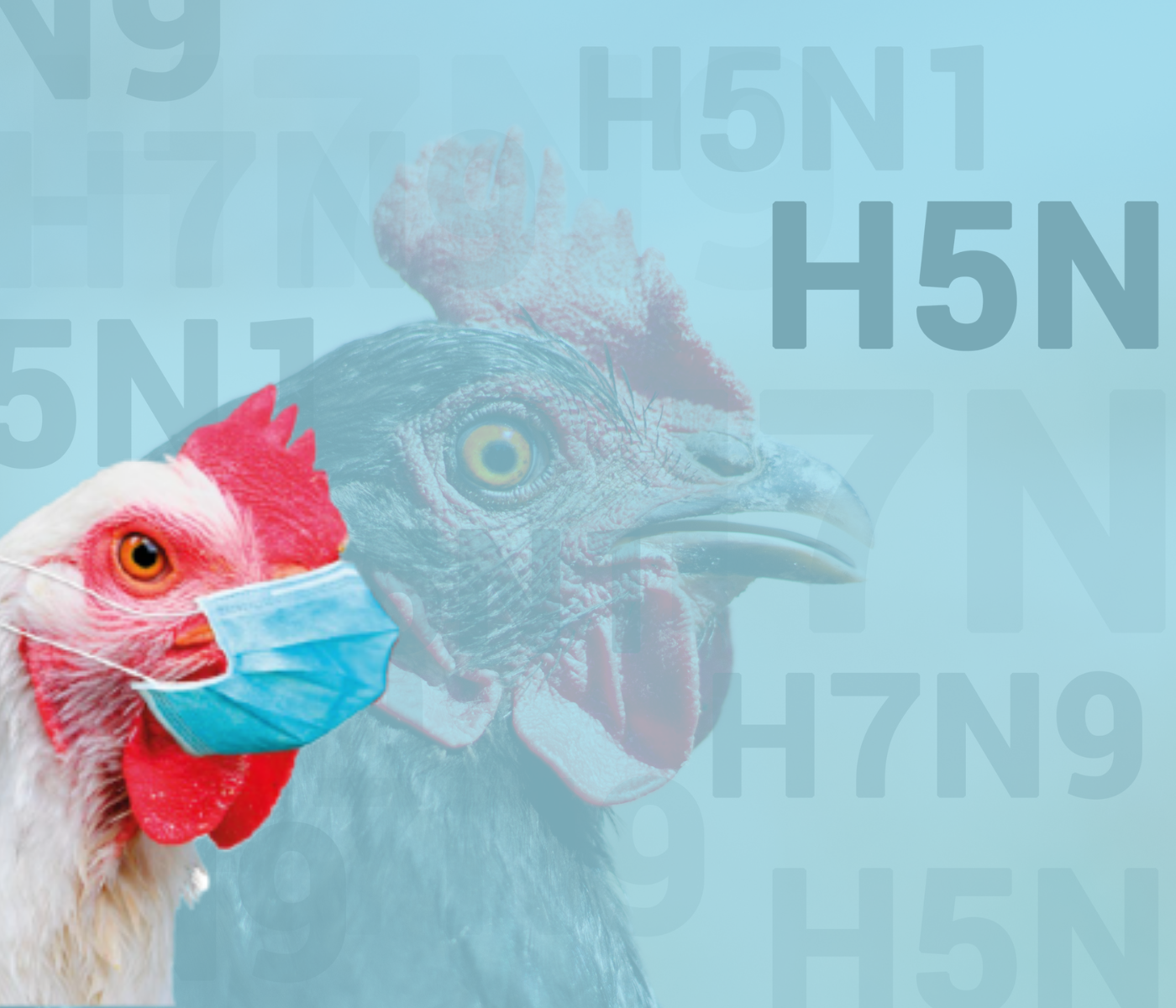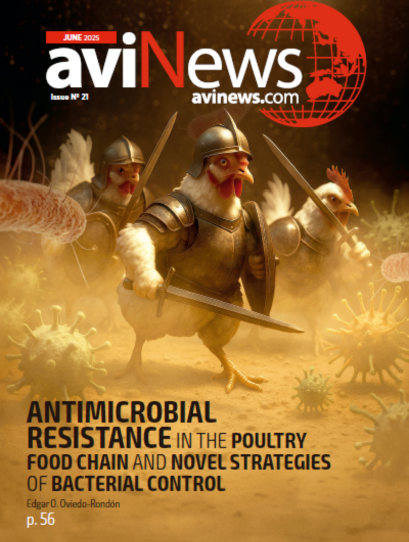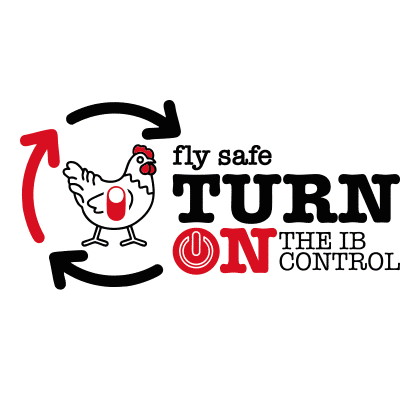Avian influenza (AI) is a broad term used to describe infection or disease in birds caused by Type A influenza virus of the genus Alphainfluenzavirus and family Orthomyxoviridaevirus. The virus is distributed worldwide and can infect many avian species. It can also cause a range of disease symptoms, from subclinical infections to highly virulent disease with close to 100% mortality, and even has a zoonotic risk, a major concern for a potential pandemic.
>>The influenza virus was first isolated in the early half of the twentieth century. Since 1959, 44 genetically distinct epizootics associated with high mortality in poultry have been described. The largest outbreak spread intercontinentally began in 1996 in domestic geese in China.
Influenza viruses are classified by examining the nuclear and matrix proteins.




![]() The viruses can cause localized infections, primarily associated with respiratory disease, and are usually referred to as low pathogenic avian influenza (LPAI) viruses. The viruses that cause systemic infections typically have high mortality and are categorized as highly pathogenic avian influenza (HPAI) viruses.
The viruses can cause localized infections, primarily associated with respiratory disease, and are usually referred to as low pathogenic avian influenza (LPAI) viruses. The viruses that cause systemic infections typically have high mortality and are categorized as highly pathogenic avian influenza (HPAI) viruses.
>>The LPAI viruses can be of many different hemagglutinin and neuraminidase subtypes.
>>Although most of the viruses that belong to the H5 and H7 subtypes are generally low pathogenic, they have the potential to mutate to HPAI.

Photo 1. Influenza virus structure
In 1996, an HPAI H5N1 emerged in Hong Kong and Guangdong.
- This virus is known as H5NI A/goose/ Guangdong/1/1996 (Gs/GD).
- Between 2008 and 2010, this virus generated novel reassortments by introducing other neuraminidase subtypes (i.e., H5N2, H5N3, H5N5, H5N6, and H5N8).
- The H5Nx HPAI Gs/GD continues to circulate and evolve in wild birds and
TO CONTINUE READING REGISTER IT IS COMPLETELY FREE Access to articles in PDF PDF
Keep up to date with our newsletters
Receive the magazine for free in digital version REGISTRATION ACCESS
YOUR ACCOUNT LOGIN Lost your password?












